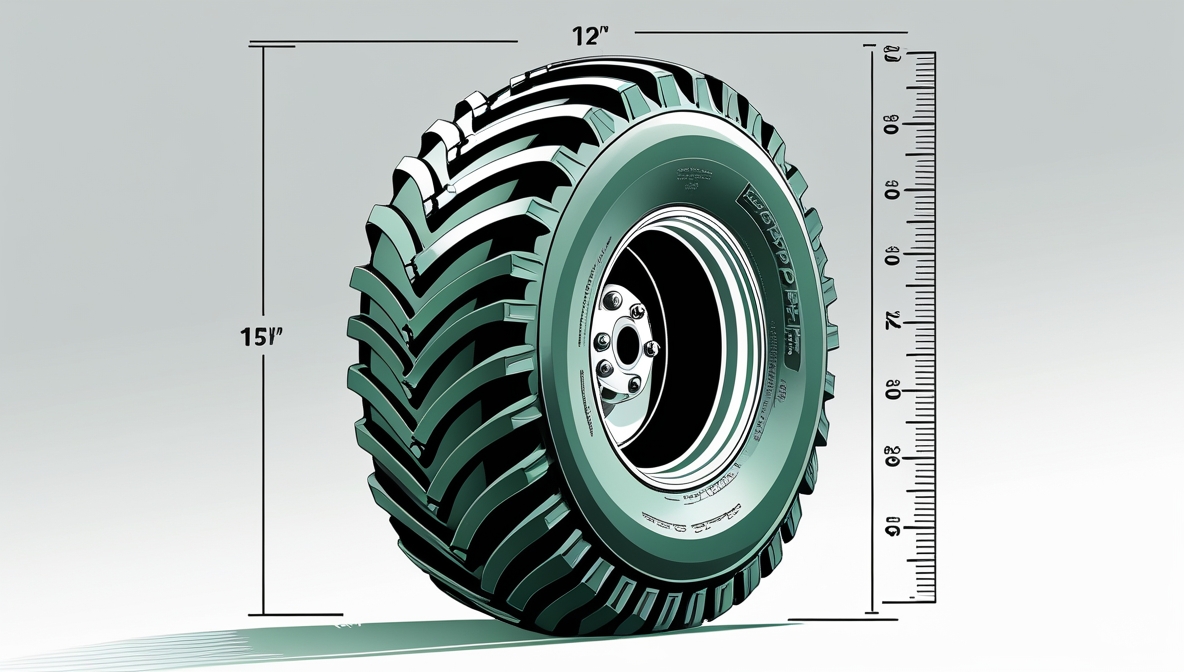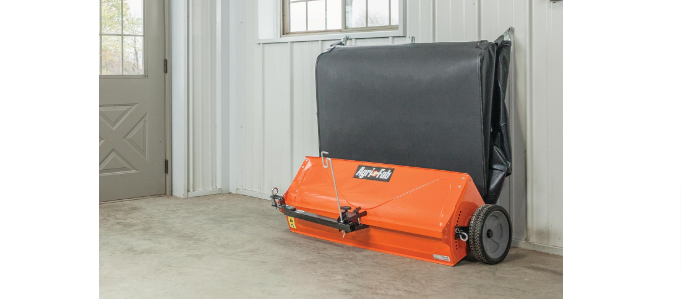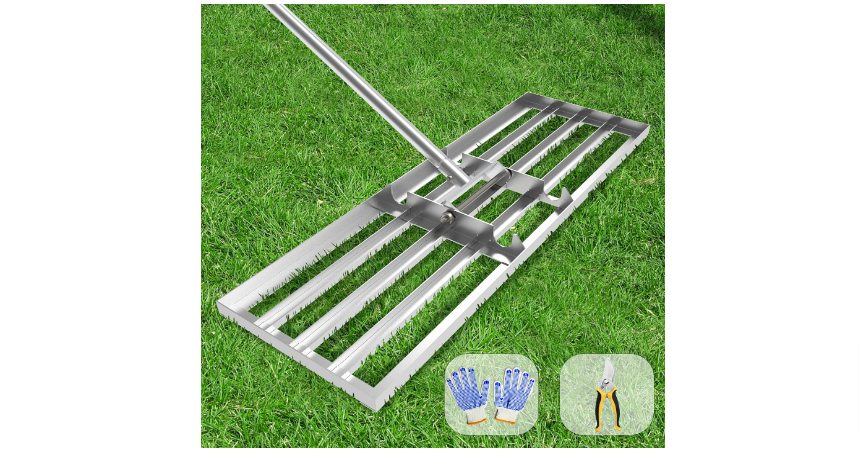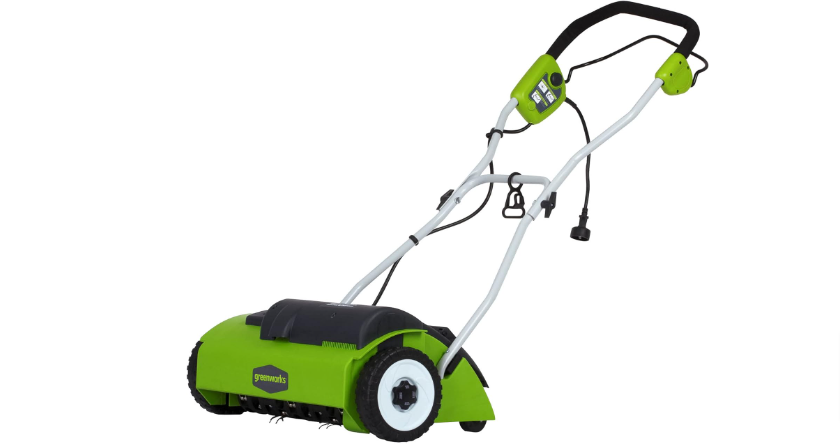Trying to figure out what size lawn tractor tires you need? It’s not as straightforward as you might think. Different tire manufacturers use different measurement systems, and even understanding the numbers isn’t always easy. This guide breaks down how lawn tractor tire sizes are measured, so you can confidently choose the right ones for your machine.
Contents
Lawn Tractor Tire Sizes Explained
Lawn tractor tire sizes aren’t always as intuitive as you’d like. They’re not just about the width of the tire; there’s a whole system of measurements that work together to define the tire’s overall dimensions and compatibility. Think of it like a code – once you know the language, you can decipher what each number means. This understanding is crucial for preventing damage and ensuring your tractor performs optimally.
Often, you’ll see a combination of numbers and letters on the tire sidewall, but these aren’t just random characters. Each part of the code reveals a specific piece of information about the tire’s construction and capabilities. This is why it’s important to check the actual size on your current tires, or in your tractor’s owner’s manual.
Tire Dimensions Decoded
The numbers and letters in a lawn tractor tire size often represent the tire’s width, overall diameter, and the type of construction. For example, a tire size might look like “16×8-8”. This is a common format, but you might find other formats. The first number (16) often indicates the tire’s width in inches. The second number (8) typically refers to the rim width. The third number (8) might correspond to the section height, but it can vary based on manufacturer.
These numbers are critical because they dictate the tire’s footprint on the ground and its overall size. A larger footprint can mean better traction, while a smaller one might be better for maneuverability on tighter spaces. Again, referring to your tractor’s manual is your best friend here. It can help you understand the dimensions that are ideal for your particular model.
Understanding Tire Specs
Beyond the basic dimensions, tire specifications also include details about the tire’s construction, such as the number of plies. This affects the tire’s strength and durability. Knowing these details is important, as you want a tire that can handle the weight and stresses of your lawn tractor. The more robust the construction, the more likely the tire is to last longer and perform better.
You’ll also want to consider the type of tread pattern, which often influences the tire’s traction and performance on various terrains. A deeper tread pattern might be better for muddy or uneven surfaces. A smoother pattern might be better for hard-packed lawns. Different terrains demand different tire characteristics, and selecting the right ones is essential for optimal performance.
Finding Your Tractor’s Fit
After understanding the measurements, the final step is to find the right tires for your specific lawn tractor model. Consulting the owner’s manual is always the first step. This document will often list the recommended tire sizes for your machine. It provides a precise guide to avoid damage or incompatibility issues.
Using online resources or contacting a local agricultural supply store can also help you find compatible tires. Don’t just go by looks—matching the tire size and specifications outlined in your manual is paramount for both performance and safety.
Choosing the right lawn tractor tires involves more than just picking a number. It’s about understanding the intricate system of measurements and ensuring the tires are compatible with your specific tractor model. Taking the time to research and understand these aspects will help you avoid costly mistakes and ensure your lawn tractor performs its best.






